Bee Stings on Dogs: 5 Things Every Owner Must Know

Bee stings are a common injury in active dogs, especially curious puppies and adolescents who might try to chase after buzzing insects. (These furry friends often have a habit of chasing other wild animals, too).
Thankfully, most dogs who suffer a bee or wasp sting are just fine after an initial period of discomfort. Some bee sting incidents do require immediate medical attention, though. If that's the case, you don't want to wait to get your pup to the vet!
Here’s all the buzz about bee stings in dogs. We cover:
- How dogs get stung by bees
- Risks and complications of bee stings in dogs
- What to do if your dog gets stung by a pee
- How to prevent bee stings in the first place
- Resources to learn more about safely adventuring with your dog
1) How do dogs get stung by bees?
Bees usually sting our pets when dogs accidentally disturb an individual insect or its larger nest. This is particularly likely if the hive is located in the ground. Nests can be hard to see from far away!
Most dog bee stings are a result of:
General curiosity
Many dogs—especially juveniles like young puppies—have a curious nature. This openness to experience is one of the things our human ancestors loved best about our early canine companions. It can also be the source of a lot of trouble in our modern world, though.
Dogs might investigate bees without realizing the flying insects can cause pain. When your pup gets too close to a bee, they might feel threatened and respond with a sting.
Focused chasing of large insects
Some dogs have a playful or prey instinct to chase insects, including bees. This can be a recipe for a sting.
Accidental disturbance of a bee hive
Dogs may come across bee nests or hives while exploring outdoor areas. If your dog disturbs a hive, the bees may swarm in defense.

2) What are the risks of bee stings in dogs?
Bee stings in dogs vary in severity. Most bees cause only mild reactions. People and pets get stung everyday without lasting harm! But some dogs may experience more severe consequences leading to a medical emergency.
Factors like the number of stings, the location of the stings, your dog's size, and whether they have any allergies to bee venom can make the difference between a simple "oops" moment and a serious medical issue.
Risks and side effects of your dog getting stung by a bee include:
Localized pain and mild swelling
Most dogs will experience localized pain, redness, and swelling at the site of the bee sting. This is a common reaction. It's usually not a cause for concern!
Allergic reactions
Some dogs can have allergic reactions to bee stings. Mild allergic reactions may include more pronounced swelling around the sting site, hives, and itching.
In severe cases, a dog may experience an anaphylactic reaction (often called anaphylactic shock) which is a potentially life-threatening emergency situation. Anaphylaxis can cause difficulty breathing, facial swelling, vomiting, diarrhea, weakness, collapse, and shock.
Secondary infections
In some cases, the bee sting site can become infected. This might be more likely if your dog scratches or licks the area excessively.
Stings in sensitive areas are more risky
Bee stings in sensitive areas such as the mouth, throat, or eyes can cause additional complications, like swelling that interferes with breathing. These stings also cause more severe discomfort that can limit your dog's typical activities.
Multiple stings create a greater risk of complications
If your dog is stung multiple times, the increased volume of venom increases the risk of a more severe reaction. These complications are most serious in smaller dogs and those with underlying health issues.
Bee stings can make dogs fearful of the environment where they were stung
Dogs learn by association. (We cover their cognition and more in the dog training articles of our blog.) Because of this, some sensitive dogs might become fearful of things they associate with their bee sting—like a specific corner of your yard, a certain toy, or even a nearby smell.
If your pup has recovered physically from being stung but seems to be acting “off” afterward—perhaps they show fearful body language, refuse to play when they usually love games, or otherwise give you cause for concern—it’s a great idea to get in touch with a certified force free trainer. A dog professional can work out a plan to help them feel better! Training might include counter conditioning and desensitization. It should always happen at your dog’s pace.

3) What to do if your dog gets stung by a bee
First things first: Get your dog—and yourself—out of the vicinity. While honeybees leave their stingers behind and eventually die, most other bees (including bumblebees, hornets, yellow jackets, and their cousin the wasp) can sting multiple times.
Remove the stinger
If your dog gets stung by a bee, you need to remove the stinger as soon as possible. This helps minimize the amount of venom injected into the skin.
Follow these steps to safely remove a bee stinger from your dog.
- Locate the stinger: Look for the stinger on your dog's skin. It appears as a tiny black or dark brown protrusion at the sting site.
- Use a credit card or other blunt object: Avoid using your fingers to prevent squeezing more venom into the skin. Instead, use a credit card, a blunt knife, or the edge of a plastic ID card to gently scrape the stinger out.
- Scrape the stinger: Hold the card or blunt object at an angle and gently scrape it across the skin, starting from the base of the stinger and moving outward. Do this in a swift and smooth motion to remove the stinger.
- Check for residue: After removing the stinger, check if any venom sac remains on the skin. If you see a small sac, also gently scrape it off with the card.
Calm the surrounding skin
Once the stinger is removed, clean your dog's bee sting area with mild soap and water to prevent infection. Baking soda pastes and oatmeal baths are popular options to soothe your pup’s irritated skin if they’re having a hard time.
Try to reduce swelling
You might consider applying a cold compress or ice pack wrapped in a cloth to the affected area to help reduce swelling. Important note: Do not place ice directly on your dog’s skin! This can cause frost bite (not to mention will feel uncomfortable or even painful for them).
Reach out to your veterinarian about antihistamine medication
If your dog has a history of mild allergic reactions to bee stings—or if you notice extreme swelling or hives—you may consider giving them a veterinarian-approved antihistamine.
Always consult your vet before administering any medication to your dog!
Watch your dog closely for any allergic reactions
Keep an eye out for signs of an allergic reaction. These might include:
- difficulty breathing
- severe swelling
- vomiting
- diarrhea
- weakness
- collapse
- and any other out-of-the-norm behavior that comes on suddenly
If you observe any of these symptoms, seek immediate veterinary attention!
Comfort your dog!
If your dog gets stung by a bee, chances are you both feel pretty shaken up afterward.
Don’t hesitate to comfort your dog. It’s important your canine companion sees you as a safe, secure attachment figure who’s there for them in times of need! You might have heard that you can "reinforce their fear"—but this is a myth. Fear is an emotion, not a behavior.
Just be sure to speak calmly, move predictably, and avoid revving your pup up further. Your own demeanor can make a big difference.
4) How can you prevent future bee stings moving forward?
Monitor your dog when out in nature
To reduce the risk of bee stings, be cautious during outdoor activities—especially in areas with a lot of bee activity. Avoid areas with known beehives. Stay away from flowering plants where bees may be feeding.
Keep your dog on a leash when required
Keep your dog on a leash whenever trails, parks, or other natural areas require it. When in doubt about whether or not you'll encounter in-ground beehives? Leashing your pup can help ensure they stay on the beaten path—and away from nests.
Teach a solid “leave it” cue
A strong “leave it” cue can come in handy if your pup likes to chase insects. If they start to fixate on a bee, you’ll be able to let them know to focus on you instead to avoid getting stung.
5) Resources for safe dog-friendly adventures
Learn more about keeping your pup healthy on all your outings in the below articles!
- Dog Exercise Calculator
- Comprehensive Guide to Canine Enrichment
- Dealing with Ticks on Dogs
- Preventing and Treating Heat Stroke in Dogs
- Guide to Off-Leash Training
Review of this Article
There is so much misinformation out there, and we want to make sure we only provide the highest quality information to our community. We have all of our articles reviewed by qualified, positive-only trainers or veterinarians.
This is the professional that reviewed this article:
Amber Holly, BS, RVT, LVT
Most recent articles

Big Dog Run Philadelphia: Top Parks & Sniffspots
Finding a great big dog run Philadelphia can be tough. So many parks are crowded or just too small. This guide simplifies your search. We're covering the best dog parks in Philly, from public favorites to private Sniffspots. Plus, we'll explore other dog-friendly things to do in Philadelphia. Let's find the perfect spot for your pup to play!

Dog Skijoring for Beginners: Gear, Training & More
Adventure is out there, and our dogs make it so much better. Ever thought about exploring the snowy trails with your furry friend through dog skijoring? It's an amazing way to combine your love for skiing with quality time spent with your pup. This guide covers everything you need to know about skijoring with dogs—from the basics and gear to training tips for a safe and fun experience. Ready to hit the slopes with your skijoring dog? Let's go!

Dog-Friendly National Parks: The Ultimate Guide
Want to explore America's stunning national parks with your furry best friend? Finding truly dog-friendly national parks can be tricky. This guide makes it easy. We'll cover the essential rules and regulations for dogs in national parks, plus share tips for a smooth trip. Get ready to discover the most welcoming dog-friendly national parks the US has to offer!

Bee Stings on Dogs: 5 Things Every Owner Must Know
Bee stings are a common injury in active dogs, especially curious puppies and adolescents who might try to chase after buzzing insects. (These furry friends often have a habit of chasing other wild animals, too).

What Is a Reactive Dog? A Complete Guide
Is your dog overly excited or fearful around other dogs? Do they bark, lunge, or whine? You might have a reactive dog. Many dog owners face this challenge. Understanding what a reactive dog is is the first step to helping them. This guide explores the common causes of dog reactivity, explains what makes a dog reactive, and offers practical tips and resources. Let's work together to build a stronger bond with your dog and enjoy stress-free walks.

Positive Dog Body Language: Signs of a Happy Pup
* All Sniffspot articles are reviewed by certified trainers for quality, please see bottom of article for details *
Related articles
Top dog guides per area
Dog training guides

Dog Food Aggression: Why You Shouldn't Punish It
Does your dog ever growl when you walk by their food dish? Maybe they get possessive of treats, carrying them far away and giving you side-eye when you start to approach — or snarling at your other pets or children if they get too close.

Scent Training for Dogs: A Beginner's Guide
As almost every dog owner is aware, the nose of a dog is an amazing thing. Just as they can pick up sounds we can’t hear, their sense of smell and ability to pick up scents is well beyond ours. In fact, dogs have 40 times the number of olfactory receptors as humans.

Service Dog Training Costs: DIY vs. Pro
More than 80 million Americans rely on their service dogs to help them navigate the world. Task-trained assistance animals perform a huge range of life-changing—in many cases, life-saving—services: These dogs act as eyes for visually impaired handlers, provide mobility support, alert to seizures and blood sugar crashes, interrupt anxiety attacks, remind their people to take medications, and so much more.

How to Deal With Puppy Potty Training Regression
You thought those dreaded middle-of-the-night potty breaks were over. You were finally free from cleaning up puppy puddles. Then, suddenly, your furry friend starts having accidents again. It's frustrating, right? This puppy potty training regression is more common than you think. Don't worry; we'll help you get your pup back on track. We'll cover the common causes, offer practical solutions, and give you actionable steps to tackle this challenge together.

Dirty Dog Syndrome: Causes, Solutions, and Prevention
It's a cringe-worthy moment every dog owner dreads: your furry friend chowing down on something truly disgusting. If your dog has a penchant for poop, you're dealing with coprophagia. It's more common than you think, and thankfully, often manageable. This article explores the reasons behind dirty dog syndrome, from instinct to learned behavior. We'll also give you practical tips to help break this unpleasant habit.
Dog enrichment guides

Top 10 Dog Water Parks in the US
Do you have a water-loving dog looking to burn some energy? There are countless dog parks to visit throughout our country — but some of them become far too hot in the midday sun to be safe for your pets to play. That’s why we’ve put together a list of some of the best dog water parks throughout the United States! At these locations, your pup can frolic, splash, and swim to their heart’s content.

Best Toys for Herding Dogs: Keeping Your Pup Happy & Engaged
Herding dogs are amazing, intelligent companions. But that also means they need more than just a simple game of fetch. Finding the right toys for herding dogs is key to keeping them happy and stimulated. This article explores some of the best toys for herding dogs, including options specifically for breeds like Border Collies and Australian Shepherds. We'll help you discover the perfect herding toys for dogs to tap into their natural instincts and keep them entertained for hours.

Ultimate Guide: Dog Toys for Aggressive Chewers
Does your dog destroy every toy you give them? Is your house littered with remnants of fabric and stuffing of all different sizes? Are you tired of investing in “indestructible” toys only for your pup to still dismantle—or worse, get bored of—them in just a few days?

Daily Exercise Calculator: How Much Exercise Does Your Dog Need?
Everyone knows dogs need exercise, but how much is enough? Walks are great, but creating a truly balanced fitness plan means understanding your dog's specific needs. This post helps you develop a daily exercise calculator for your dog, considering breed, age, and lifestyle. We'll cover fun activities, understanding exercise intensity, and recognizing when your pup has had enough. Let's create a plan that keeps your dog happy and healthy!

Complete Guide To Herding With Dogs
* All Sniffspot articles are reviewed by certified trainers for quality, please see bottom of article for details *
Dog reactivity guides

Rottweiler Aggression: Truth vs. Myth
Many dogs have gotten a bad reputation over the years for being "dangerous breeds." Rottweilers are among them. Like pit bulls and other large, blocky-headed types of dogs, these powerful and beautiful animals are often assumed to be aggressive.

What Is a Reactive Dog? A Practical Guide for Owners
Does your dog suddenly transform into a barking, lunging Tasmanian devil on walks? It's stressful for both of you. If this sounds familiar, you might have a reactive dog. Understanding what is a reactive dog is the first step to calmer walks. We'll explore the common triggers and give you actionable strategies to manage and modify this behavior. Let's turn those stressful walks into enjoyable outings.

How to Socialize a Reactive Dog: A Step-by-Step Guide
Does your dog display reactivity to other pets or people? Maybe they’re a new rescue pup and are still settling into your home. Or they were sick growing up, so you missed their critical socialization period. Possibly they’ve had a bad experience after being raised as a normal puppy.

What Is a Reactive Dog? A Complete Guide
Is your dog overly excited or fearful around other dogs? Do they bark, lunge, or whine? You might have a reactive dog. Many dog owners face this challenge. Understanding what a reactive dog is is the first step to helping them. This guide explores the common causes of dog reactivity, explains what makes a dog reactive, and offers practical tips and resources. Let's work together to build a stronger bond with your dog and enjoy stress-free walks.

Best Online Dog Training for Reactive Dogs: A Practical Guide
Does your dog's reactivity make walks stressful? You're not alone. Many dog owners face similar challenges. This guide offers practical advice and support for managing reactivity, including finding the best online dog training for reactive dogs. We'll connect you with reactive dog support groups, share training tips, and explore resources like the best dog training app for reactive dogs. Let's build a stronger bond with your dog, together.
* All Sniffspot articles are reviewed by certified trainers for quality, please see bottom of article for details *
Sniffspot community guides

The State of Public Dog Parks Across the United States
From 2009 to 2020, there was a 40 percent increase in the development of public dog parks. Designated spots for canine exercise have become commonplace in every major city in North America — many pet owners won’t even consider renting an apartment that doesn’t have its own fenced-in pet area for their canine companions.

How This Family is Affording Their Dream Property Through Renting it Hourly to Dogs
Thousand Oaks, California has been a safe haven for Sniffspot host, Jen, since childhood. Having grown up in busy Santa Barbara, Jen, an introvert from an early age, would seek out solitude and serenity away from tourists attractions and droves of people visiting from elsewhere. “My grandparents own 60 acres about a 30 minute drive from here, and I grew up spending every summer and every holiday visiting them on the ranch,” Jen explained. “In Santa Barbara, we wouldn't go to the beach on the weekend because that's where everybody was, so you'd find places off the beaten path where the tourists weren't. For me, the ranch was just my happy place.”

Host Tips: Ellen K. What Makes Sniffspot Successful for Me
Ellen is the host of Country Pasture Getaway, one of Sniffspot's most popular sniff spots. She has taken the time to write up the lessons she has learned about how to be a great sniff spot host.

How this Oregon Farmer is Making a Business From Renting Her Land to Dogs
Just 20 minutes outside of the busy city of Portland, Oregon, and settled right on the banks of the Columbia River, you’ll find what countless visitors have flocked to the area in search of – mountain views, crisp, clean air, and running water for miles. What you might not expect to find, however, is a hidden oasis designed just for dogs and their people, owned and operated by a farming couple and enjoyed by visitors on two legs, and four.

Host Tips: Fran T. Providing Great Guest Service at our Spot
Fran is the host of Ranch Setting, one of Sniffspot's most popular spots. She has taken the time to write up the lessons she has learned about how to be a great Sniffspot host.
Top dog trainers in the US

The Best Dog Trainers in the United States of 2025
This is a list of the top dog trainers in the United States, based on votes from the Sniffspot community and the general public.
The Best Dog Trainers in Seattle, WA of 2025
This is a list of the top dog trainers in Seattle, WA, based on votes from the Sniffspot community and the general public.
The Best Dog Trainers in Portland, OR of 2025
This is a list of the top dog trainers in Portland, OR, based on votes from the Sniffspot community and the general public.
The Best Dog Trainers in Los Angeles, CA of 2025
This is a list of the top dog trainers in Los Angeles, CA, based on votes from the Sniffspot community and the general public.
The Best Dog Trainers in New York, NY of 2025
This is a list of the top dog trainers in New York, NY, based on votes from the Sniffspot community and the general public.
City dog parks guides

Top 10 Indoor Dog Parks: A US Guide
Looking for a space to play with your dog no matter what the weather’s like outside? Look no further than our list of the best indoor dog parks in the United States! These climate-controlled spaces are growing in popularity as pet ownership increases throughout the country. As a bonus, many of them also offer dog training, boarding, grooming, or daycare services on the premises.

15 Best Dog Parks in the US: Public & Private
Searching for the best off-leash dog parks near you in the United States? Whether you're looking for public dog parks with open spaces or private, fully-fenced areas, this comprehensive guide has you covered. Discover top-rated parks across the country, plus essential tips on what to bring and what to expect for your next adventure.

Dog Parks Near Me: Las Vegas Edition
Looking for the perfect dog park near me in Las Vegas? You're in luck! This guide explores all the best options for your pup, from public dog parks to private dog parks near me on Sniffspot. We'll help you find the ideal spot for playtime, socializing, and fresh air. Plus, we'll cover essential etiquette and safety tips to ensure a happy visit for everyone. Get ready for some tail-wagging fun!

Best Sniffspot Locations: Private Dog Parks Near You
Looking for the perfect dog park? Whether you need a wide-open public space or a private, fenced-in spot, this guide will help you find the best dog parks across the US. We'll cover top-rated public parks, the perks of private dog parks, and even explore Sniffspot locations – giving your pup a safe and fun place to play. Ready to find your dog's new favorite spot? Let's go!

Sniffspot: Portland's Best Private Dog Parks
Ready to discover Portland's best dog parks? Whether you're looking for a public park or the unique experience of a private Sniffspot, this guide has you covered. We'll help you find the perfect spot for your pup, with tips on what to bring, how to prepare, and even understanding dog body language. Plus, we'll explore some top Portland dog parks, including public and Sniffspot options, so you can plan your next dog-friendly adventure in the City of Roses.
Dogs breeds

German Shepherd Dog: Breed Facts, Experience and Tips from 9K+ Owners
Discover the German Shepherd Dog, a breed celebrated for its intelligence, loyalty, and versatility. Known for its impressive size and smooth, graceful movements, German Shepherds excel in various roles, including as guide, therapy, bomb detection, and police dogs, while being a devoted family companion.

Labrador Retriever: Breed Facts, Experience and Tips from 9K+ Owners
Discover the Labrador Retriever, a breed celebrated for its playful nature, affectionate temperament, and trainability. Labradors are known for their friendly demeanor and adaptability, making them perfect family companions and versatile working dogs. As one of the most popular types of retrievers, Labs are ideal companions for various lifestyles and are recognized by the American Kennel Club (AKC) as an excellent breed for families.

Golden Retriever: Breed Facts, Experience and Tips from 9K+ Owners
Discover the Golden Retriever, a popular breed celebrated for its affectionate, playful, and trainable nature. Considered a large dog, Golden Retrievers were originally bred in Scotland for hunting and retrieving game beginning in the 1860s. Today, they're recognized by the Kennel Club and the American Kennel Club (AKC) as one of the most beloved companion dog breeds.

American Staffordshire Terrier: Your Complete Guide
Think American Staffordshire Terriers are tough? Think again. While their muscular build might intimidate some, these dogs are known for their playful and loyal personalities. This guide draws on the experience of nearly 10,000 AmStaff owners to reveal the truth about this often misunderstood breed. Want to learn more about caring for an American Staffordshire Terrier? You're in the right place.

Australian Shepherd Facts: Breed Info & Care Guide
Discover the Australian Shepherd, an AKC breed celebrated for its trainable, playful, and affectionate nature. Despite its name, the Australian Shepherd is actually a native breed to the United States, originally developed to breed on farms and ranches. Considered a medium dog, Australian Shepherds were bred for herding beginning in the 1950s. As one of the high-energy breeds, Aussies are known for their boundless energy and need for regular exercise, including aerobic exercise.
Top dog names in the US
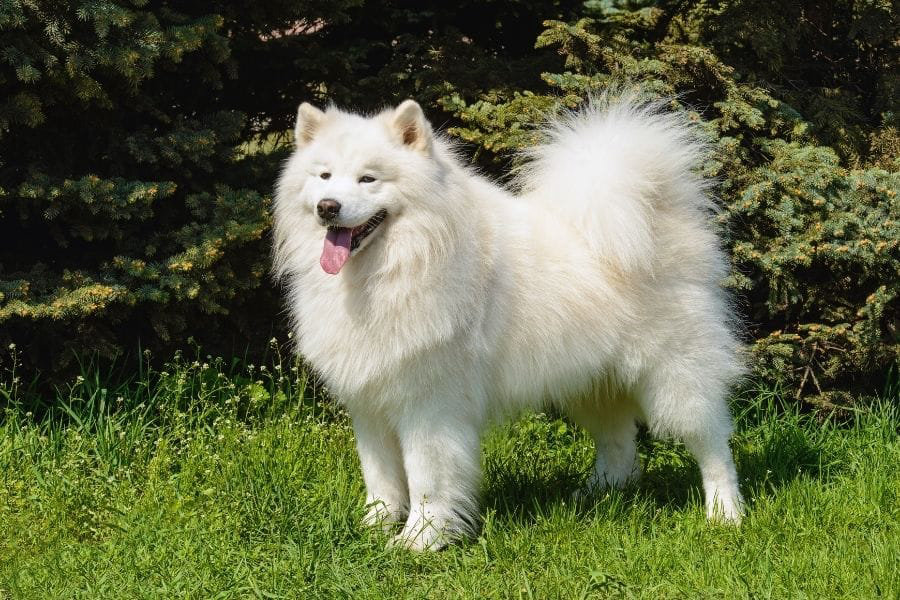
Top 1,000 Most Popular Dog Names
Looking for the perfect dog name for your new pup? We have created filterable lists of dog names from our database of hundreds of thousands of Sniffspot users. You can filter by gender, breed and state to find the most cute, unique and creative dog names.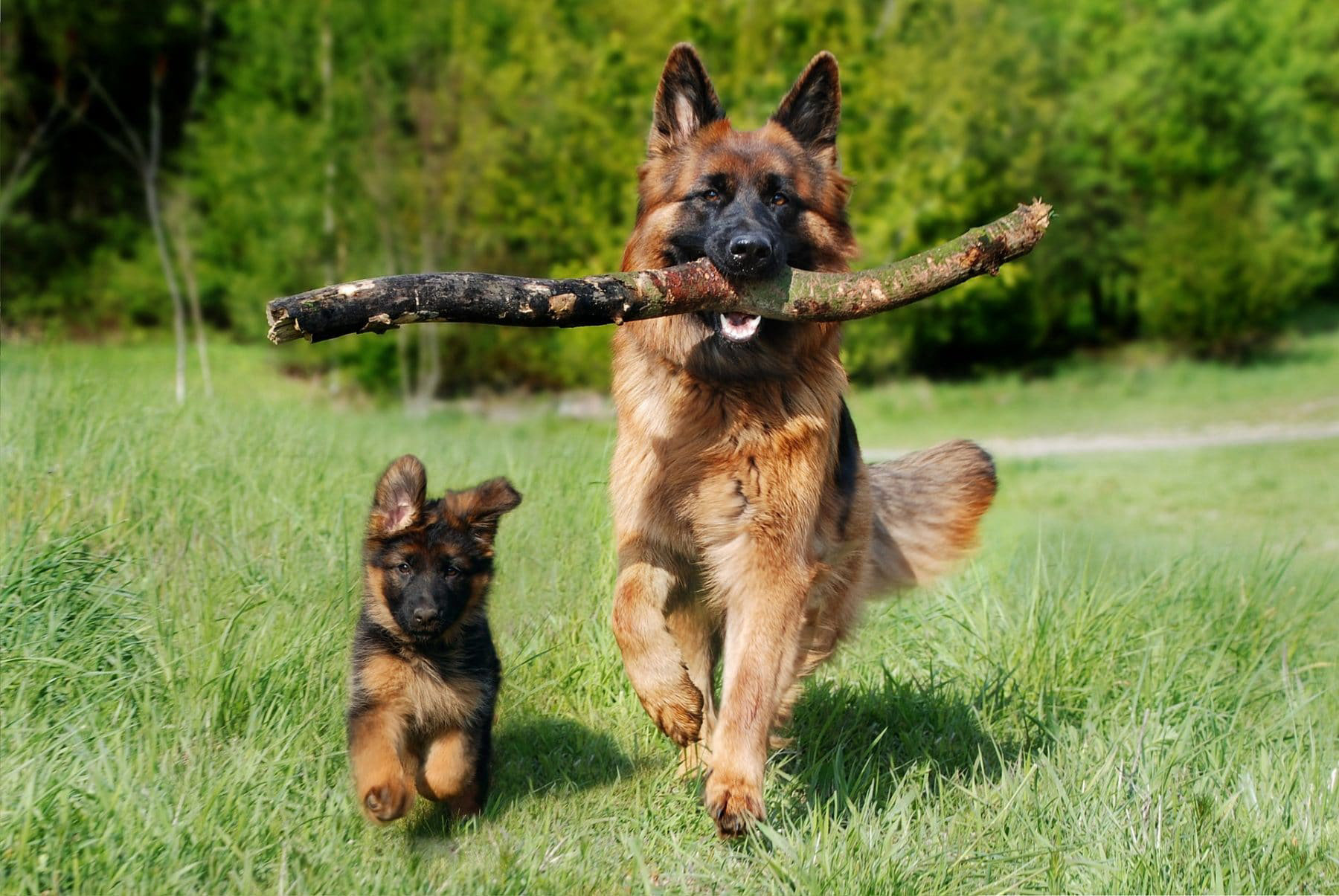
Most Popular Male Dog Names
Looking for the perfect dog name for your new male pup? We have created filterable lists of male dog names from our database of hundreds of thousands of Sniffspot users. You can filter by gender, breed and state to find the most cute, unique and creative male dog names.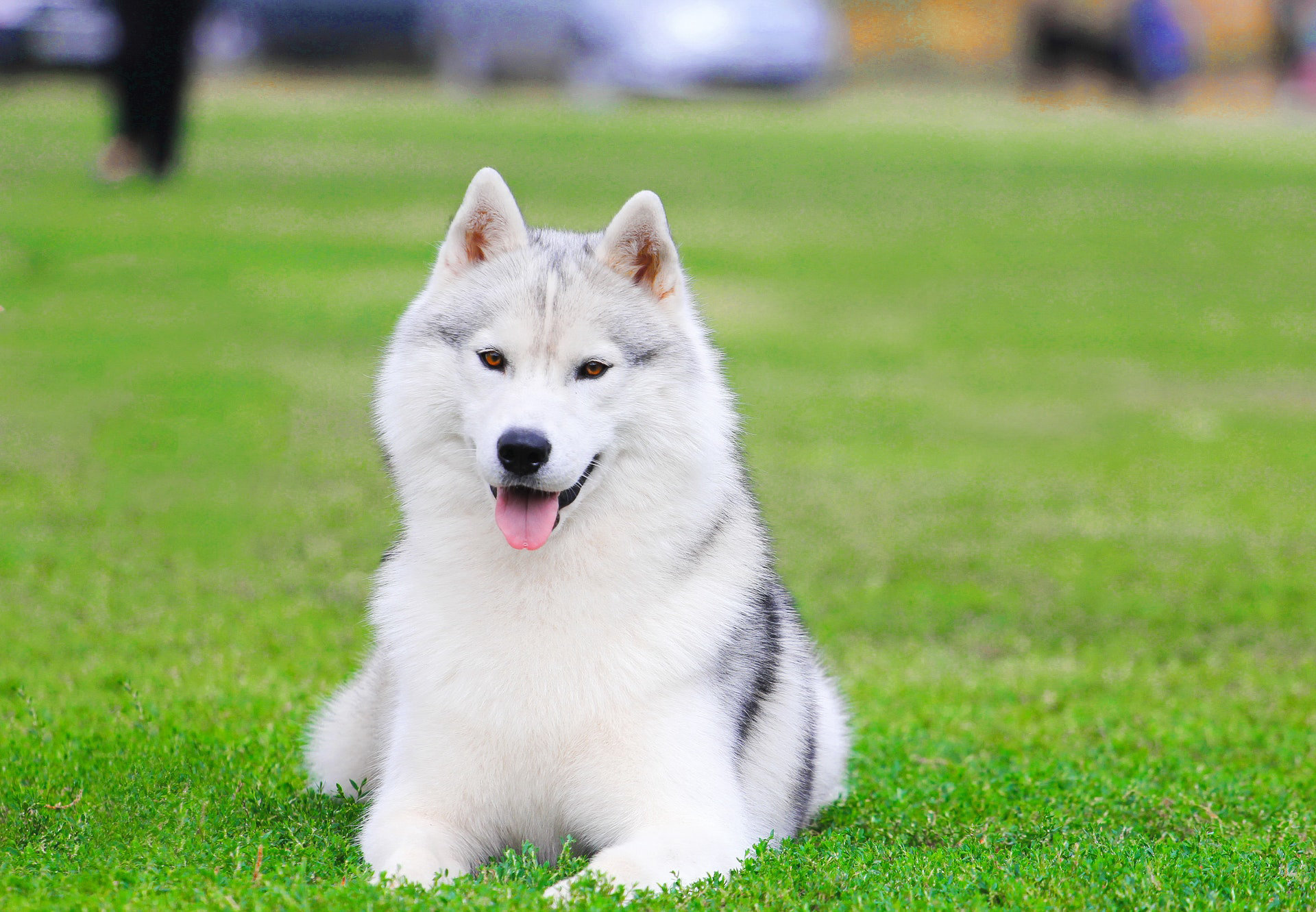
Most Popular Female Dog Names
Looking for the perfect dog name for your new female pup? We have created filterable lists of female dog names from our database of hundreds of thousands of Sniffspot users. You can filter by gender, breed and state to find the most cute, unique and creative female dog names.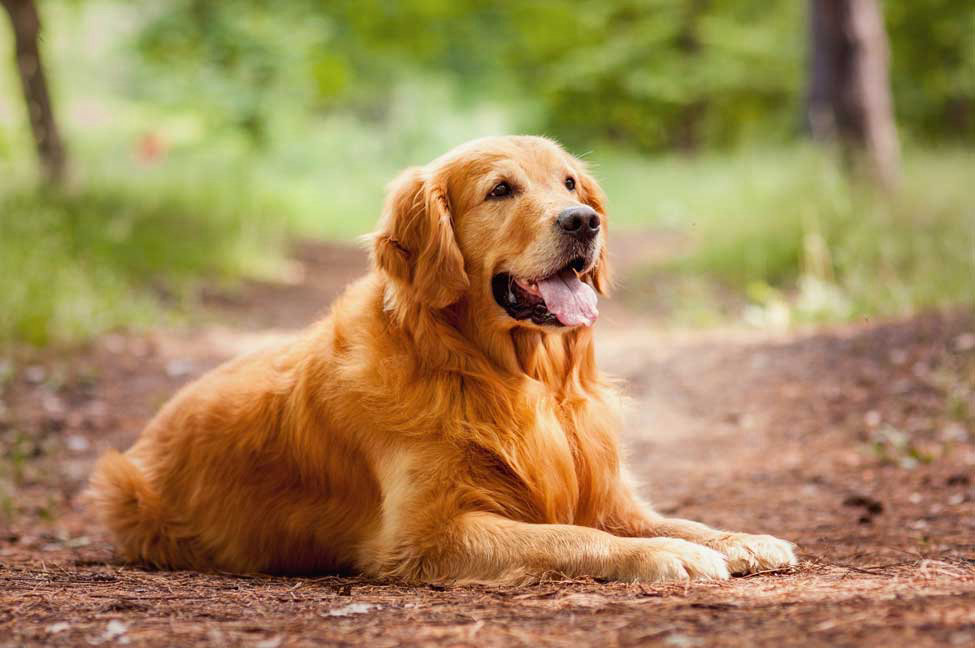
Most Popular Golden Retriever Names
Welcome to our comprehensive list of Golden Retriever dog names, curated from our vast database of Sniffspot users. Filter through hundreds of thousands of options by gender, breed, and state to discover the most adorable, original, and imaginative names for your beloved Golden Retriever.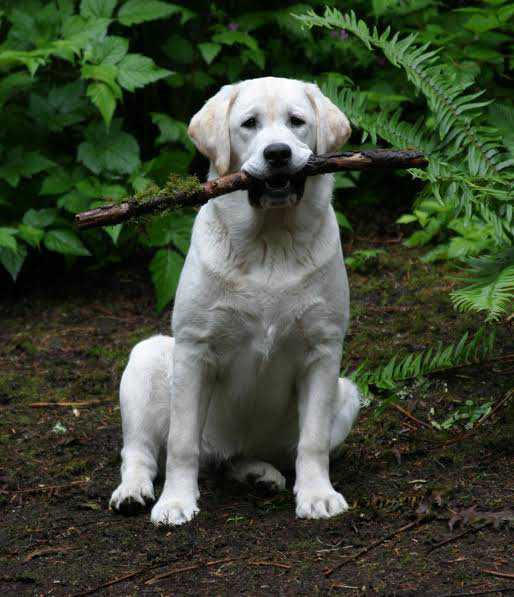
Most Popular Labrador Retriever Names
Welcome to our Labrador Retriever dog names page! Here you can browse through filterable lists of names for your beloved furry friend, ranging from cute and classic to unique and creative options. Our database of hundreds of thousands of Sniffspot users ensures you'll find the perfect name for your Labrador Retriever, whether you're seeking a name for a male or female, based on breed or state.
Top dog rescues in the US

The Best Washington Dog Rescues & Shelters in 2025
This list showcases the top dog rescues & shelters in Washington. These remarkable organizations have been recognized for their unwavering dedication to the well-being of countless dogs.
The Best Oregon Dog Rescues & Shelters in 2025
This list showcases the top dog rescues & shelters in Oregon. These remarkable organizations have been recognized for their unwavering dedication to the well-being of countless dogs.
The Best California Dog Rescues & Shelters in 2025
This list showcases the top dog rescues & shelters in California. These remarkable organizations have been recognized for their unwavering dedication to the well-being of countless dogs.
The Best Florida Dog Rescues & Shelters in 2025
This list showcases the top dog rescues & shelters in Florida. These remarkable organizations have been recognized for their unwavering dedication to the well-being of countless dogs.
The Best New York Dog Rescues & Shelters in 2025
This list showcases the top dog rescues & shelters in New York. These remarkable organizations have been recognized for their unwavering dedication to the well-being of countless dogs.





















